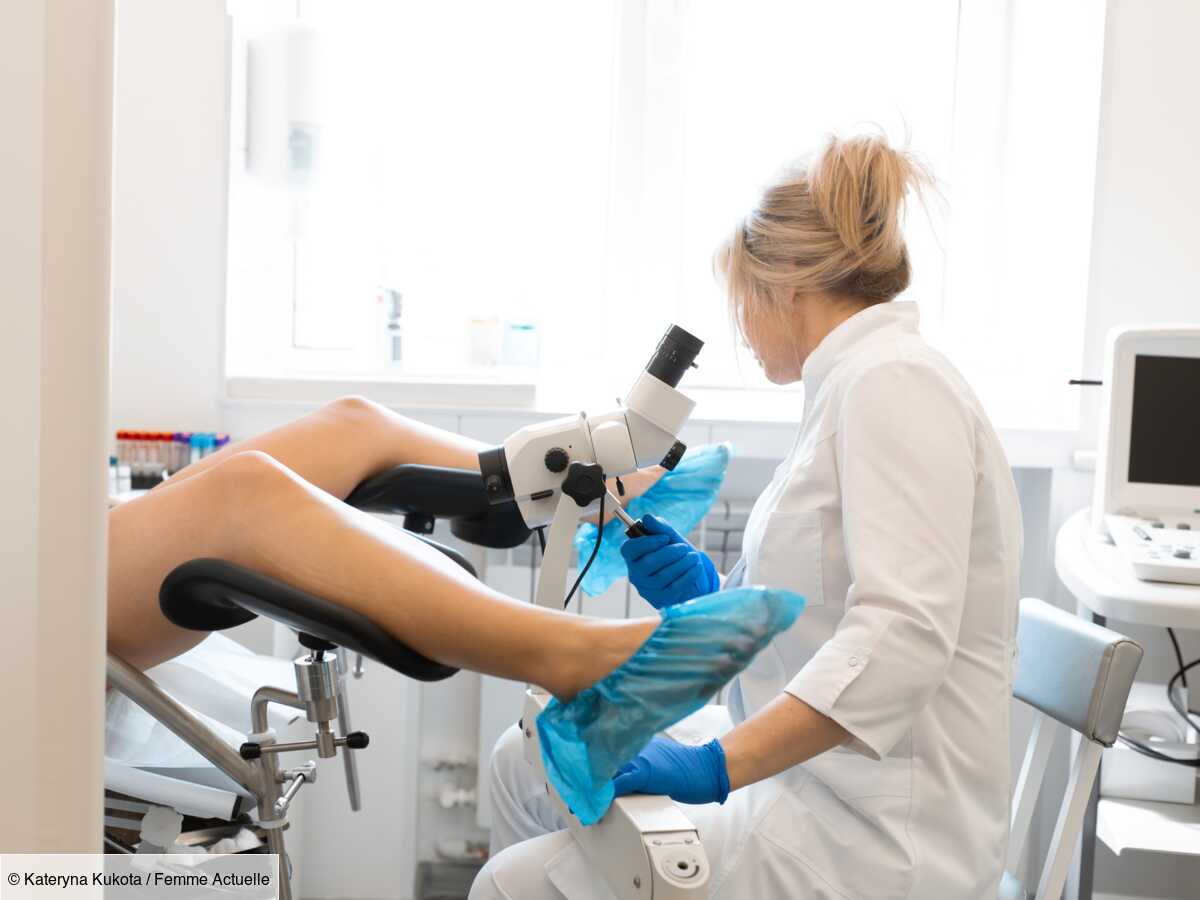The vagina is not a sterile area. “The vaginal flora, which develops in early childhood and grows richer in adolescence under the influence of hormones, is made up of various bacteria,” explains the gynecologist in the preamble. More than 70% of vaginal bacteria belong to the genus Lactobacillus. There are other types of bacteria in the vagina, but lactobacilli predominate. “These bacteria that nest in the vagina protect it and prevent harmful bacteria from getting in,” adds Dr. Pénager. These “good bacteria” are called saprophytic bacteria. They are also found in the intestines and on the skin.
The lactobacilli secrete mucus which is at the origin of the white secretions of the vagina, which are perfectly normal secretions. These bacteria allow the automatic cleaning of the vagina, ensuring control of its PH and thus avoiding the development of bacteria or yeasts responsible for infections. “These white losses are not dirty, they are there for vaginal health”, recalls the gynecologist.
Vaginosis occurs when the number of these saprophytic bacteria decreases and the number of pathogenic bacteria increases. This then causes an imbalance of vaginal flora and therefore an infection. In the case of vaginosis, Gardnerella vaginalis and Peptostreptococcus, anaerobic bacteria, are the germs most often involved. If, on the other hand, it is a yeast or a fungus that takes the place (…)
–


